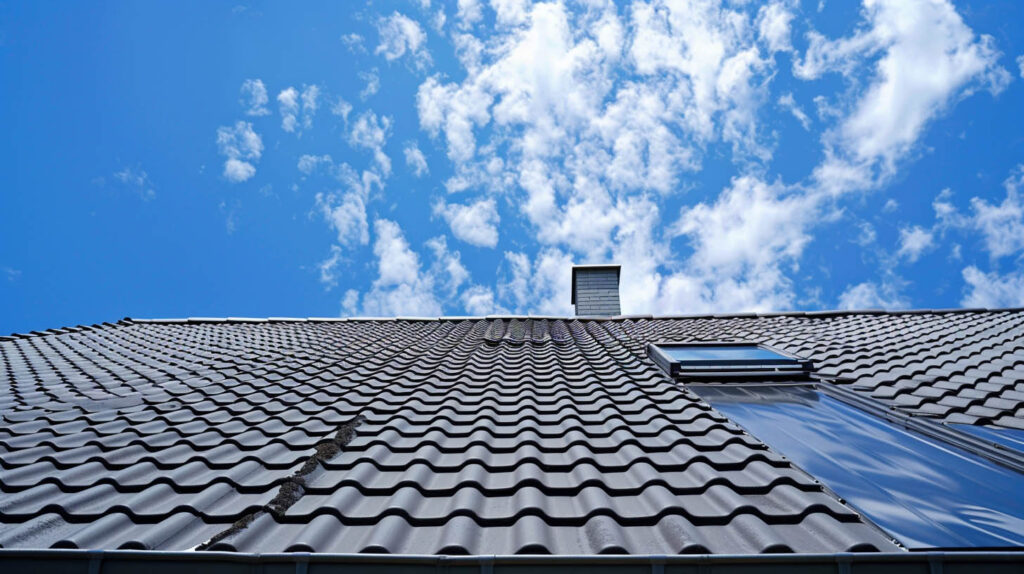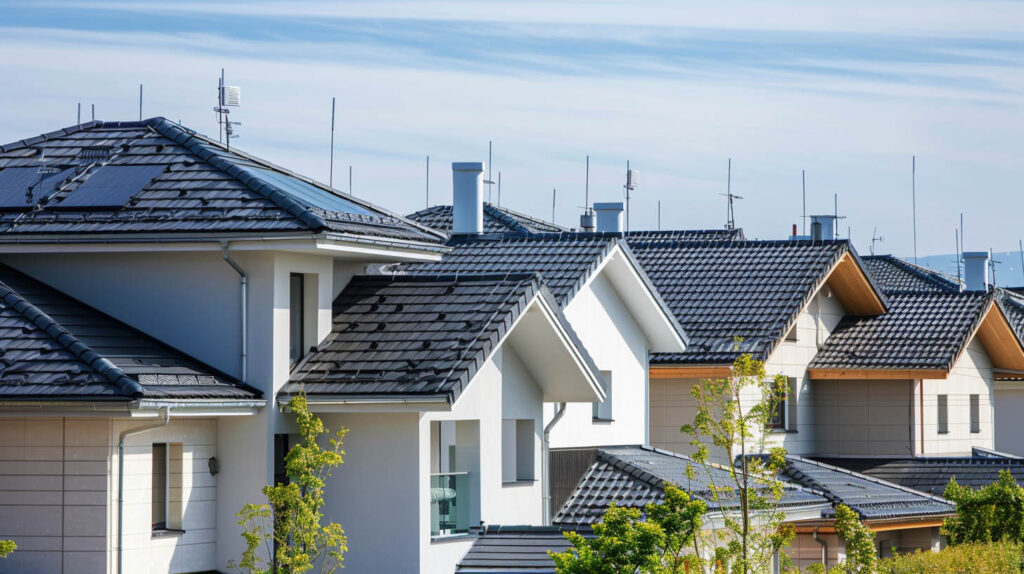Why Some Roofs Need More Ventilation Than Others
Your roof is more than just a structure; it’s a vital shield for your home. But did you know that roof plays a critical role in maintaining this protective barrier? Proper ventilation prevents heat buildup, moisture problems, and premature wear to your roofing system. At Specialist Roofing & Repair, we’ve seen how effective ventilation can transform energy efficiency and comfort. Let’s explore why some roofs need more ventilation than others and how you can ensure your home is safe, efficient, and built to last in Burbank, CA.
Factors That Influence Roof Ventilation Needs
The amount of ventilation a new roof requires isn’t a one-size-fits-all solution. Various factors come into play, such as the home’s location, the roof design, and the materials used. A proper system ensures a steady flow of air, preventing warm or moist air from causing damage over time.
It’s also essential to choose the right type of exhaust vent for your roof style, which can differ for sloped roofs versus flat ones. Partnering with an experienced roofing contractor ensures that your home’s unique needs are thoroughly addressed.
Climate and Weather Conditions in Burbank, CA
Burbank, CA experiences a Mediterranean climate, characterized by hot, dry summers and mild, wet winters. These weather conditions significantly impact the need for proper roof ventilation, as rising hot air can lead to increased attic temperatures during summer months. Insufficient ventilation, including the use of wind turbines and roof turbines, not only elevates energy bills but also contributes to moisture buildup in cooler months, which can compromise the roofing system. A well-designed system, incorporating exhaust vents and intake ventilation, is crucial for managing indoor air quality and preventing potential damage.

Roof Design, Pitch, and Materials
Factors such as roof design and pitch significantly impact requirements. A steeply pitched roof enables hot air to escape efficiently from the peak of the roof, helping maintain a balanced attic temperature, while allowing cold air to enter. Conversely, flat roofs often require additional exhaust vents to prevent moisture buildup and poor indoor air quality. The choice of roofing materials also matters; materials with high thermal mass can retain heat, exacerbating ventilation issues. Understanding these dynamics allows homeowners to select appropriate roofing systems and ventilation solutions tailored to the specific style of their home.
Common Signs Your Roof Needs More Ventilation
Wondering if your roof is vented adequately? Poor ventilation often leads to telltale signs. High attic temperatures or persistent moist air are alarming red flags that homeowners shouldn’t ignore.
You might also notice related issues like ice damming, warped shingles or deteriorating wood, which signify damage to the roof system. Attic ventilation dilemmas can escalate into high repair costs or even replacements. Catching these signs early and relying on expert help ensures your roof stays in top shape.
Excessive Heat and High Energy Bills
High indoor temperatures often lead to increased energy bills, as HVAC systems work overtime to manage discomfort levels. A properly functioning roof system allows for the escape of rising warm air and hot air, replacing it with cooler air, thus alleviating stress on the HVAC system. This critical flow of air helps maintain a balanced attic temperature, preventing moisture buildup, mold growth, and ice dams. Neglecting proper ventilation can result in significant energy costs, making it essential to address excessive heat in your living space.

Moisture Problems and Attic Mold
Trapped moisture in the attic contributes to mold growth and structural decay. Poor airflow creates prime conditions for mold growth, which in turn invites costly repairs.
Watch for:
- Evident moisture buildup on attic walls or insulation.
- Foul odors indicating hidden mold growth and compromised indoor air quality.
- Early signs of wood rot in the roof deck.
Adding proper vapor barriers and investing in optimized attic safeguards your home from these hazards. This not only protects materials but also improves the safety of your environment.
How Proper Ventilation Protects Your Home
Balanced ventilation offers more than just comfort—it fortifies every layer of your roofing system. A balanced roof ventilation system includes intake vents and exhaust vents that maintain steady airflow, reducing risks like warped decking or moist air, including vents placed at the top of the fascia.
With attic ventilation in check, your roof deck lasts longer, moisture-related issues are minimized, and drip edge energy costs come down. A professionally installed system is a simple way to protect your home and ensure it functions at its best.
Preventing Roof Damage and Extending Lifespan
Excessive heat and trapped moisture can silently weaken the deck, leading to eventual damage. Wood rot, mold, and shingle degradation are just some results of insufficient ventilation.
Additionally, proper airflow minimizes premature wear and tear, extending your roof’s lifespan. A reliable system ensures hot and humid air exits promptly, leaving no room for long-standing damage. Regular inspections and adjustments by professionals ensure your roof continues to safeguard your home effectively.
Improving Indoor Comfort and Air Quality
Proper ventilation doesn’t stop at protecting your roof; it also enhances your living space’s comfort. Allowing a consistent flow of fresh air into your home eliminates stale or humid air, improving indoor air quality.
An efficient system also complements your HVAC system, ensuring even temperatures throughout your home and moving a lot of air effectively. Say goodbye to drafty rooms or hot, uncomfortable spaces caused by poor ventilation. By maintaining balance, you’ll optimize both comfort and energy usage in your home.

What’s Next
Proper ventilation is essential for maintaining the health and longevity of your home. By understanding the various factors that influence ventilation needs, including the wind effect, homeowners can make informed decisions about their roofing systems. Whether addressing issues like moisture buildup or rising energy costs, implementing an effective system can greatly enhance indoor air quality and energy efficiency. Consulting with a knowledgeable roofing contractor, such as one recognized as an Owens Corning Platinum Preferred Contractor or a Polyglass Quantum Contractor and rated BBB A+ Rated, will ensure that your roof is equipped with the right form of ventilation to protect your investment and provide a comfortable living space.
Frequently Asked Questions
Are more roof vents better?
Not necessarily. The key is a balanced system that matches roof vents to the shape of your roof and your attic size. Proper attic ventilation depends on the right type of exhaust vent, such as gable vents, which ensure an even flow of air without over-ventilating your home.
What happens if a roof isn’t ventilated properly?
Improper roof ventilation, including inadequate exhaust ventilation, can lead to excessive heat and moisture buildup, causing damage to roofing materials and encouraging mold growth. This can result in increased energy costs, structural problems, and a shortened lifespan for the roof, ultimately affecting the integrity of the entire home.
Read our blog: Is Spray Foam Insulation Good for Roof Longevity?



